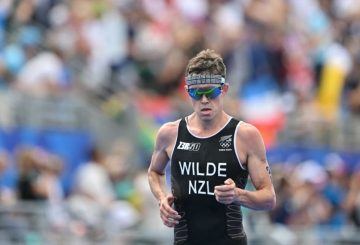国営鉄道であるキウイレール(KiwiRail)は、島間フェリー2隻の購入資金として3億5千万ドルの融資枠を確保しました。この融資は、英非営利団体クライメート・ボンド・イニシアティブ(Climate Bond Initiative)の認証を受けた世界初の融資です。
クライメート・ボンド・イニシアティブは、融資やその他の債務がパリ気候協定の目標に合致しているかどうかを、厳格な科学的基準で判断する世界的な構想です。
キウイレールは、この認証を得るために、2050年までに二酸化炭素排出量ゼロを達成するための明確な道筋を示しました。
「このフェリーは、50年の進歩を遂げた技術なのです。20年以上前のフェリーから、30年は使える最先端の、将来を見据えたフェリーに移行しようとしており、二酸化炭素排出量の削減が設計の大きな部分を占めています」とキウイレイルグループの最高経営責任者であるグレッグ・ミラー(Greg Miller)氏は述べています。
新型フェリーは、ディーゼル、バッテリー、陸上電力を組み合わせて運航することで、現行フェリーと比較して40%の二酸化炭素排出量の削減を実現します。また、将来的には電気のみでの運航も視野に入れ、時間の経過とともにバッテリーの使用量を増やすことができるように設計されています。また、低炭素型の代替燃料が実用化された場合には、その燃料を使用できるように設計されています。
クライメート・ボンド・イニシアティブのCEOであるショーン・キドニー(Sean Kidney)氏は、この融資認定を歓迎しています。
「排出量削減のためには、輸送の迅速な脱炭素化が不可欠であり、海運はその重要な一翼を担っています。キウイレールとそのパートナーによる海運業に対する世界初の認証は、グリーンファイナンスの国際的なベストプラクティスを採用したものであり、賞賛に値するものです。
新型フェリーは韓国の造船所ヒュンダイ・ミポ・ドックヤード(Hyundai Mipo Dockyard)で建造されています。最初のフェリーは2025年に、2番目のフェリーは2026年に到着する予定です。




























































